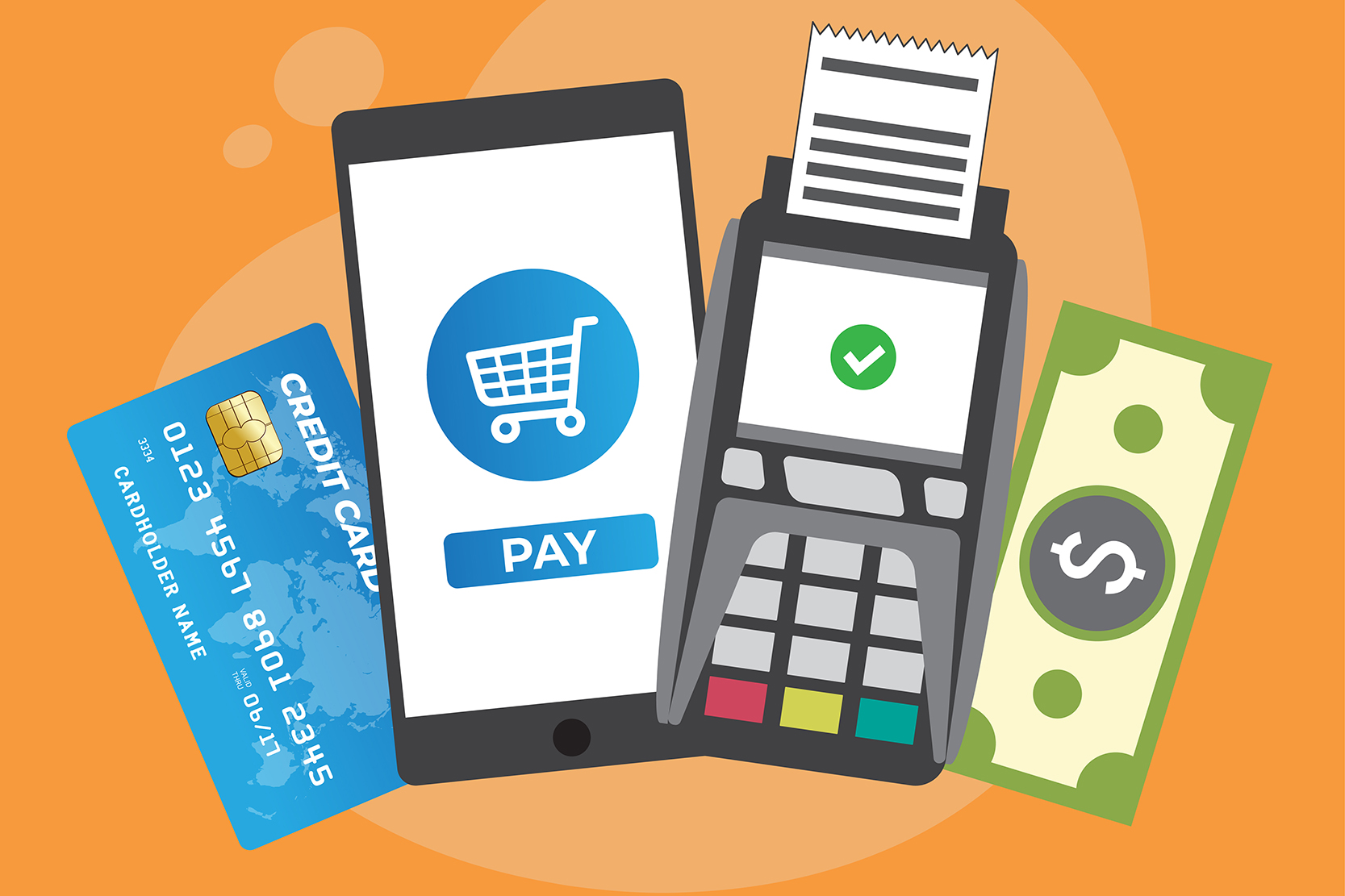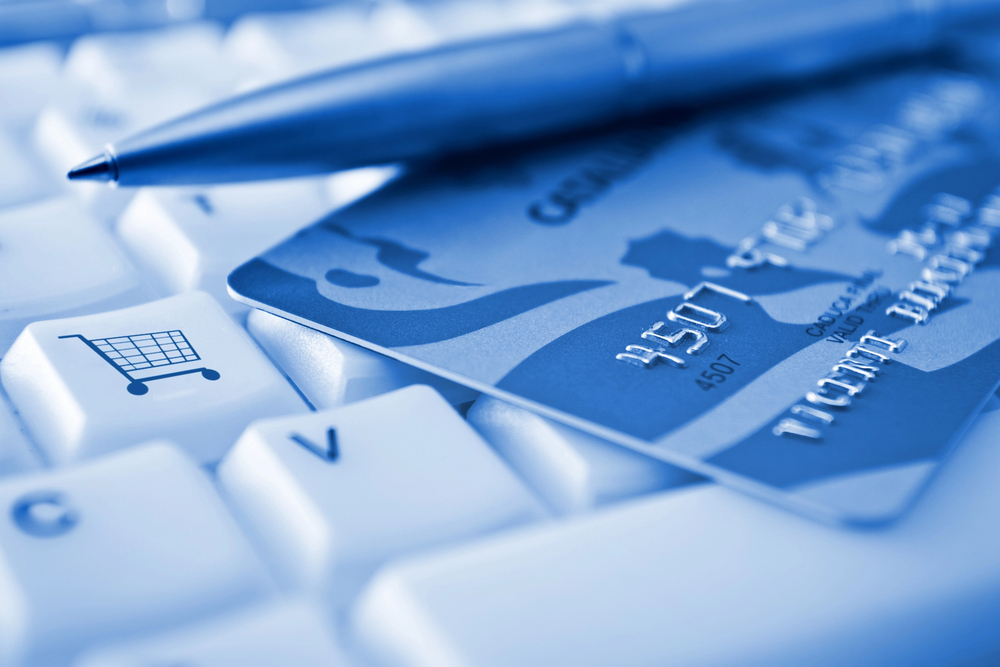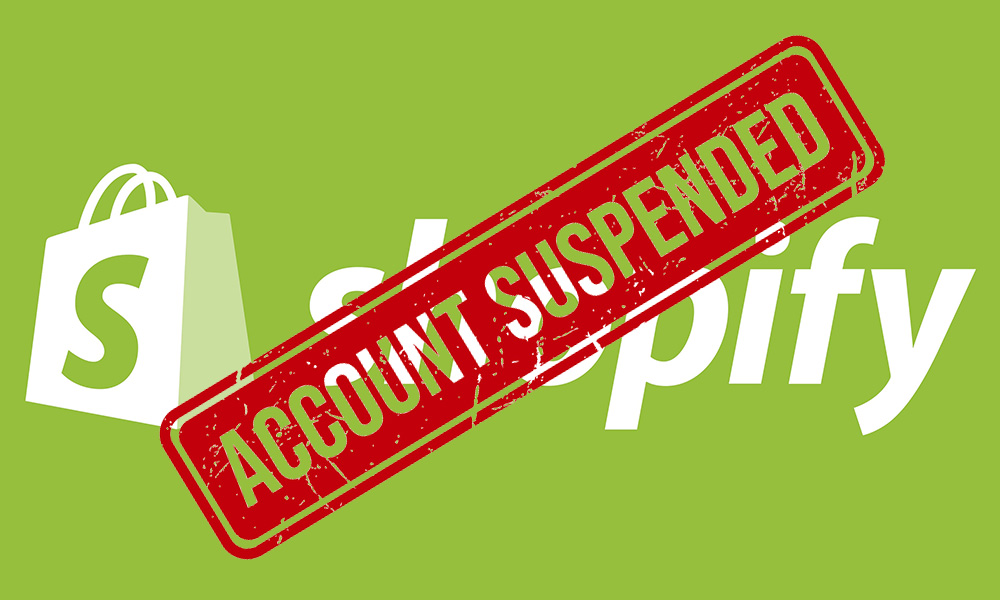
Shopify Payments Methods to Maximize Checkout Conversions
Oct 18, 2023 3 minutes
Shopify is one of the world’s most popular platforms for ecommerce. With its user-friendly interface and customizable features, it’s no surprise that a multitude of Shopify merchants have become loyalists.
Central to the success of any Shopify store is the checkout experience, which hinges on the payment methods available. While Shopify Payments has become synonymous with the platform’s payment processing, it’s essential to understand that it’s not the only option.
Understanding Shopify Payments and Shop Pay
Shopify Payments and Shop Pay are the default for every Shopify store owner. But do you know what they are, how they’re different, and if they help or hurt your business?
What is Shopify Payments?
What many ecommerce store owners may not realize is that Shopify Payments is a white-label version of Stripe. This means that while you might see Shopify’s branding during the checkout process, Stripe is the underlying force powering the transactions.
it’s also vital to understand that Shopify Payments is not a true merchant account. Unlike dedicated merchant accounts where businesses have individual agreements with banks, Shopify Payments pools multiple merchants under a single umbrella.
While this simplifies the setup process for many, it also means less negotiation power when it comes to transaction fees and potential risks of account holds or terminations if there’s a sudden spike in transaction volumes or chargebacks.
Its appeal lies in its seamless integration with the platform, allowing store owners to manage payments directly within their Shopify dashboard. For many, this offers a convenient solution, eliminating the need to juggle multiple platforms or dive into complex payment gateway setups.
What is Shop Pay?
A common misconception among Shopify store owners is equating Shopify Payments with Shop Pay. While both are essential components of the Shopify payment ecosystem, they serve different functions.
Shop Pay is Shopify’s payment gateway, designed to speed up the checkout experience for customers. By saving payment information securely, it offers shoppers a faster and more convenient checkout process when they revisit any Shopify store that has Shop Pay enabled.
Think of it as a digital wallet tailored for the Shopify universe, similar to Apple Pay or Google Pay but exclusive to Shopify stores.
This distinction is crucial. While Shopify Payments handles the actual processing of credit card payments and transfers to your bank account, Shop Pay focuses on enhancing the user experience by simplifying and accelerating the checkout process.
Shopify Payments is Stripe in disguise. Don’t put your business at risk!
The Wider World of Payment Solutions
Now that you know what Shopify Payments and Shop Pay are, you might be wondering why a business owner on Shopify wouldn’t want to use them. Let’s get into it.
Why Consider Alternatives?
Customer convenience is king. Offering multiple payment methods isn’t just a nicety; it’s a necessity. A diversified range of payment options caters to varied customer preferences, ensuring that every shopper finds a checkout process tailored to their comfort.
Whether it’s credit card payments, digital wallets, or international payment solutions, widening your payment scope can significantly enhance the shopping experience, driving customer loyalty and potentially boosting sales.
Moreover, depending solely on Shopify Payments might place your online store at the mercy of their terms, pricing, and service interruptions/shutdowns. By diversifying, you’re not only providing your customers with choices but also safeguarding your business from unexpected payment processing disruptions.
Examples of Shopify Payment Methods and Processors
- Credit and Debit Cards: This category is the cornerstone of online payments. Brands like Visa, Mastercard, Discover, and American Express are universally recognized and trusted. Every payment processor, including Shopify Payments, accepts (or should accept) credit and debit cards.
- Digital Wallets: The rise of mobile commerce has catapulted digital wallets like Apple Pay and Google Pay to prominence. Offering a swift and secure checkout experience, these options allow customers to pay without entering their credit card information repeatedly, streamlining the checkout process.
- Bank Transfers: With solutions like ACH, customers can authorize direct transfers from their bank account. This method can be especially appealing for high-ticket items or B2B transactions, offering a level of trust and security.
- Online Payment Platforms: Platforms like PayPal have become synonymous with online payments, offering both merchants and customers a secure medium to transact. With its global recognition, PayPal can help put international customers at ease.
- Installment Solutions: Services like Klarna allow customers to purchase products and pay in installments. Such options can be particularly appealing for more expensive items, enabling customers to manage their finances better without delaying their purchase.
- International Payment Solutions: Catering to a global audience? The best way to secure payment processing that handles multiple currencies or functions outside of your region is through a dedicated merchant account, which will help you save on conversion fees.
Selling internationally? We can help your approval rate!
Benefits of Using Alternatives to Shopify Payments and Shop Pay
Alternative Shopify payment methods, credit card payment processors, and Shopify payment gateways benefit both merchants and consumers.
For Merchants
- Cost Savings: Many other payment providers offer competitive transaction fees and monthly fees. By exploring and negotiating with different providers, merchants might find better pricing, especially if their ecommerce business handles a high volume of sales.
- Greater Flexibility: Shopify Payments, while seamless, may not cater to every unique need of a store. By incorporating multiple payment solutions, merchants can tailor their checkout experience, offering features or payment methods especially relevant to their customer base.
- Risk Diversification: Relying solely on Shopify Payments can be a gamble. If issues arise—be it service interruptions, disputes, or unexpected account holds—merchants risk disrupting their revenue flow. Diversifying payment methods can safeguard against such pitfalls.
- Global Reach: For merchants eyeing the international market, accommodating local payment preferences is crucial. Payment services that natively accept foreign currencies like iDEAL can resonate more with global customers, enhancing trust, boosting sales, and saving you on high USD conversion rates.
- Enhanced Reporting and Analytics: Different payment processors offer varied insights into sales, refunds, and customer behavior. This data can be invaluable for merchants looking to optimize their sales strategies and understand customer preferences.
For Customers:
- Choices, Choices, Choices: The modern shopper values choice. Whether they prefer digital wallets like Apple Pay, direct bank transfers through ACH, or the familiarity of credit card payments using their trusted American Express card, offering varied payment options enhances their checkout experience.
- Trust and Security: Recognizable payment solutions, such as PayPal or direct credit card payments, can instill confidence. Shoppers are more likely to complete a purchase if they trust the payment method, especially when buying from a store for the first time.
- Seamless Checkout: No one likes a complicated checkout process. Solutions like Google Pay, saved payment information through platforms like Amazon Pay (for customers with an Amazon account), or fully custom checkout solutions can expedite the process, leading to reduced cart abandonment rates.
- Flexibility in Payments: Some customers may prefer paying in installments or split the payment between multiple credit cards. Offering such payment methods ensures customers can shop how they want, when they want.
ALWAYS have a backup payment solution. Start here
Things to Consider When Choosing a Payment Processor
Choosing the right payment processor for your Shopify store goes beyond just transaction fees. Here’s a comprehensive checklist to guide Shopify merchants through this pivotal decision:
- Pricing and Fees: This is often the starting point for most merchants. Understanding the breakdown of processing fees, monthly fees, and any other hidden costs is crucial. While Shopify Payments offers a standard rate, other third-party payment providers and merchant account providers might have varied structures, sometimes offering more competitive rates or pricing models tailored to your sales volume.
- Integration with Shopify: The smoother the integration, the better. Look for payment processors that easily sync with your Shopify store. While setting up Shopify Payments is straightforward, other processors should also offer a seamless integration, ensuring minimal disruptions to the checkout process.
- Security and Compliance: Trust is the bedrock of online commerce. Ensure your chosen payment processor adheres to PCI compliance standards, safeguarding customer payment information. Whether you’re accepting payments through credit cards, digital wallets, or direct bank transfers, security should never be compromised.
- Support and Reliability: Even the best systems can face hiccups. Having reliable customer support ensures any issues with payment processing, be it disruptions or queries about transaction fees, are resolved promptly. Read reviews, reach out to other Shopify store owners, and perhaps even test the support response time of potential payment providers.
Run a Shopify Store? Here’s What You Need to Do ASAP
While Shopify Payments and Shop Pay are integral parts of the Shopify ecosystem, they represent just a fraction of the options available to ecommerce entrepreneurs. Exploring alternatives can bring numerous advantages, from better pricing and enhanced customer experiences to global reach and improved analytics.
And if you’re ready to elevate your payment processing game, consider opening a merchant account with DirectPayNet. Tailored for ecommerce businesses, DirectPayNet offers a bespoke payment solution that understands the unique challenges and opportunities presented by the online marketplace. Not only will you enjoy competitive rates, but you’ll also benefit from a dedicated team committed to your success, every step of the way.
Take charge of your checkout experience and empower your Shopify store with the best in payment processing. Partner with DirectPayNet and ensure your ecommerce business thrives in today’s competitive landscape.




